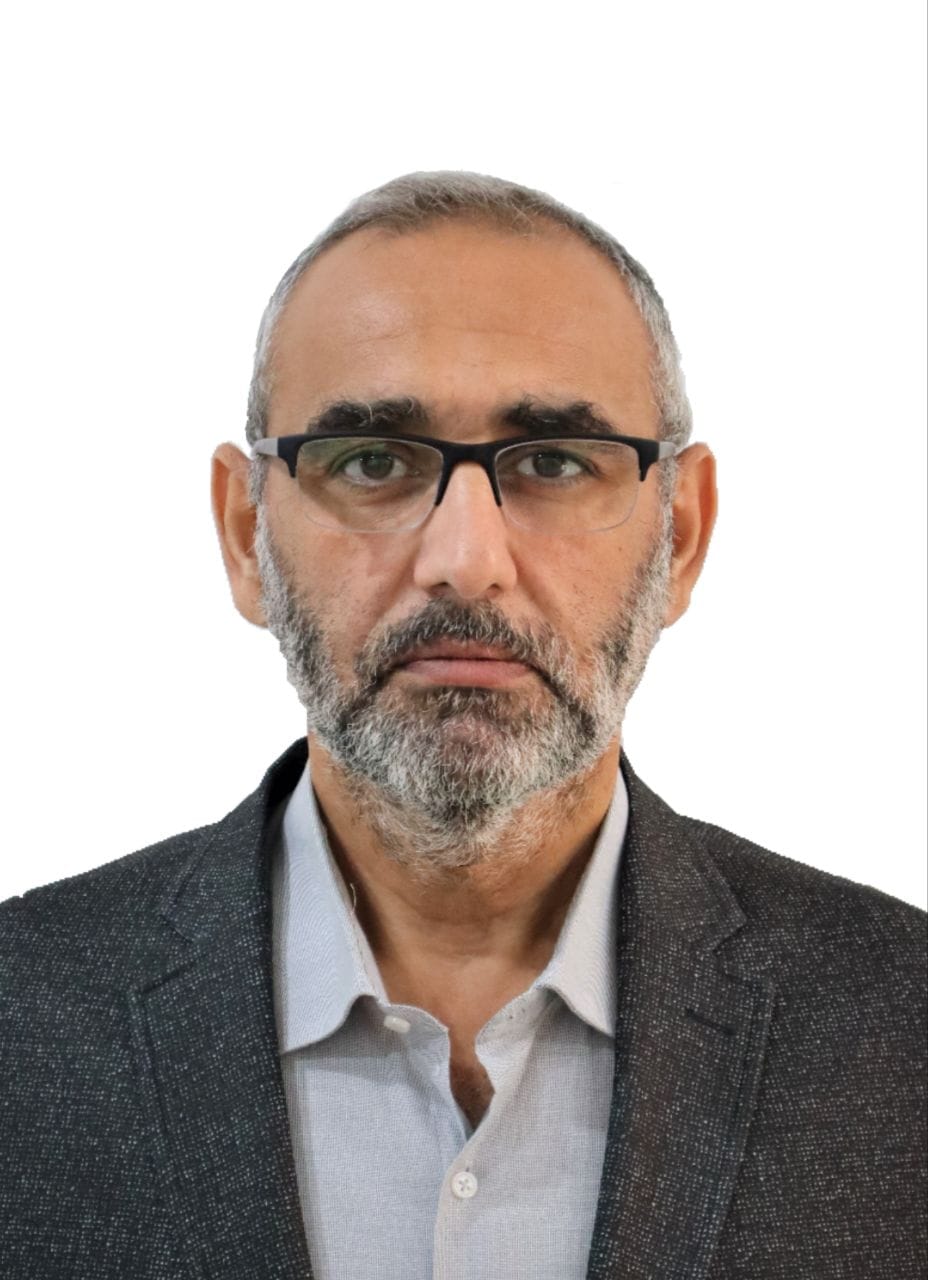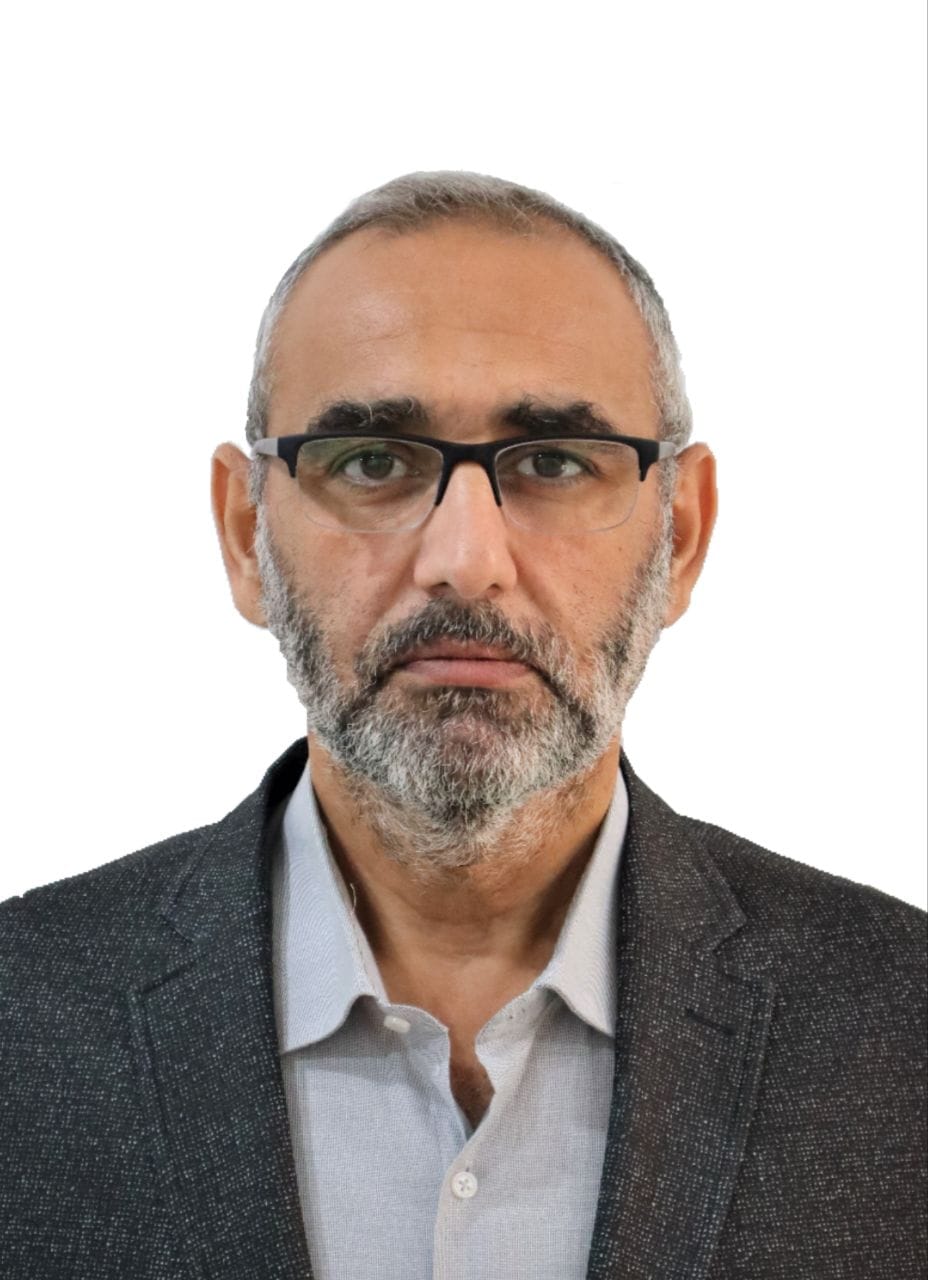
Ahmed Khazal Younis
Research InterestsEmbedded Systems
Machine Learning
Deep Learning
FPGA
Neural Networks
| Gender | MALE |
|---|---|
| Place of Work | Technical Engineering College for Computer and AI / Mosul |
| Department | Department of Computer Engineering Techniques |
| Position | Information Technology Division responsable |
| Qualification | PhD in Computer Engineering |
| Speciality | Embedded Systems |
| ahmedkhazal@ntu.edu.iq | |
| Phone | 07717151539 |
| Address | Mosul, Mosul, Mosul, Iraq |

Skills
Neural Networks (100%)
Field Programmable Gate Arrays (FPGAs) (100%)
Machine learning (ML) (90%)
Deep learning (85%)
Academic Qualification
B.Sc.
Dec 11, 2025 - PresentB.Sc. in Computer Technology from Department of Computer Technology Engineering \ Engineering Technical College \ Mosul, 2002.
M.Sc.
Dec 11, 2025 - PresentM.Sc. in Computer Technology from Department of Computer Technology Engineering \ Engineering Technical College \ Mosul, 2008.
Thesis entitled " Smart Card Based BAM Data Security System"
Ph.D
Dec 11, 2025 - PresentPh.D in Computer Engineering from Department of Computer Engineering \ YasarUniversity \ Turkey, 2019.
Thesis entitled " FPGA based Control and Reconfigurable Mechanism in WSN "
Working Experience
Neural network [Technical Trainer]
Jul 1, 2002 - Feb 10, 2008Microprocessor Architecture, Advanced digital electronics [Assist Lecture]
Jul 1, 2008 - Jan 10, 2019Microprocessor Architecture, Advanced digital electronics, Embedded systems [Lecture]
Jul 1, 2019 - Oct 1, 2022Microprocessor Architecture, Advanced digital electronics, Embedded systems [ِِِAssistant Professor]
Jul 1, 2022 - Jan 25, 2025Publications
Bone Fracture Detection Using Hybrid EfficientNet-B0 and ResNet50 with SVM: A Comparative Performance Analysis
Jul 31, 2025The accurate identification of osseous fractures is crucial for precise medical diagnoses and treatment planning. This study introduces a new hybrid classification approach, integrating EfficientNet-B0 and ResNet50 deep learning models with an SVM classifier, surpassing traditional versions. Leveraging pre-trained feature extractors for EfficientNet-B0 and ResNet50, the proposed method achieves a test accuracy of 98.01% and a recall of 0.99 for fractured cases with EfficientNet-B0+SVM, while reducing runtime to 20.44 minutes. ResNet50 + SVM also improved accuracy from 80.05% to 96.41% with a runtime of 38.47 minutes, compared to 83.96 minutes standalone. This hybrid approach demonstrates significant enhancements in accuracy and efficiency, positioning it as a promising tool for clinical bone fracture detection. ©2025 The authors. This article is published by IIETA and is licensed under the CC BY 4.0 license (http://creativecommons.org/licenses/by/4.0/).
FPGA based Fuzzy Edge Detection System for COVID-19 X-Ray Images
Apr 30, 2025COVID-19 pandemic has caused a global crisis, with widespread loss of life and severe health issues, including lungs damage. COVID-19 diagnosis typically obtains by either chest X-ray images, which require a precise diagnosis, or a polymerase chain reaction test, which needs long-time. Rapid and precise diagnosis is crucial for preserving lives. This study aims to present an efficiently and accurately system that is capable to identify edges in X-ray images, allowing prompt and precise diagnosis. The fuzzy image processing methods is utilized in MATLAB to identify edges of the images. This stage is performed for verification purposes and to compare the findings with hardware platform outcomes. The hardware platform is implemented by High-Level Synthesis technology as a software-platform and the ZYNQ-7000 kit as a hardware-platform. Software and hardware platforms combination produce precise edges and faster processing time compared with the results obtained by MATLAB. Higher degree of similarity between the two proposed approaches for healthy images (87%-98.8%) compared to those for infected images (80%-98.2%) have been obtained. Significant contribution of this study is the inclusion of the PS component on the ZC702 board which enabled the use of floating-point data representation and allowed for fast implementation with minimal resource usage. ©2025 The authors.








